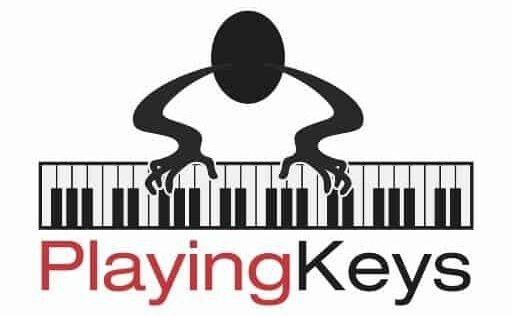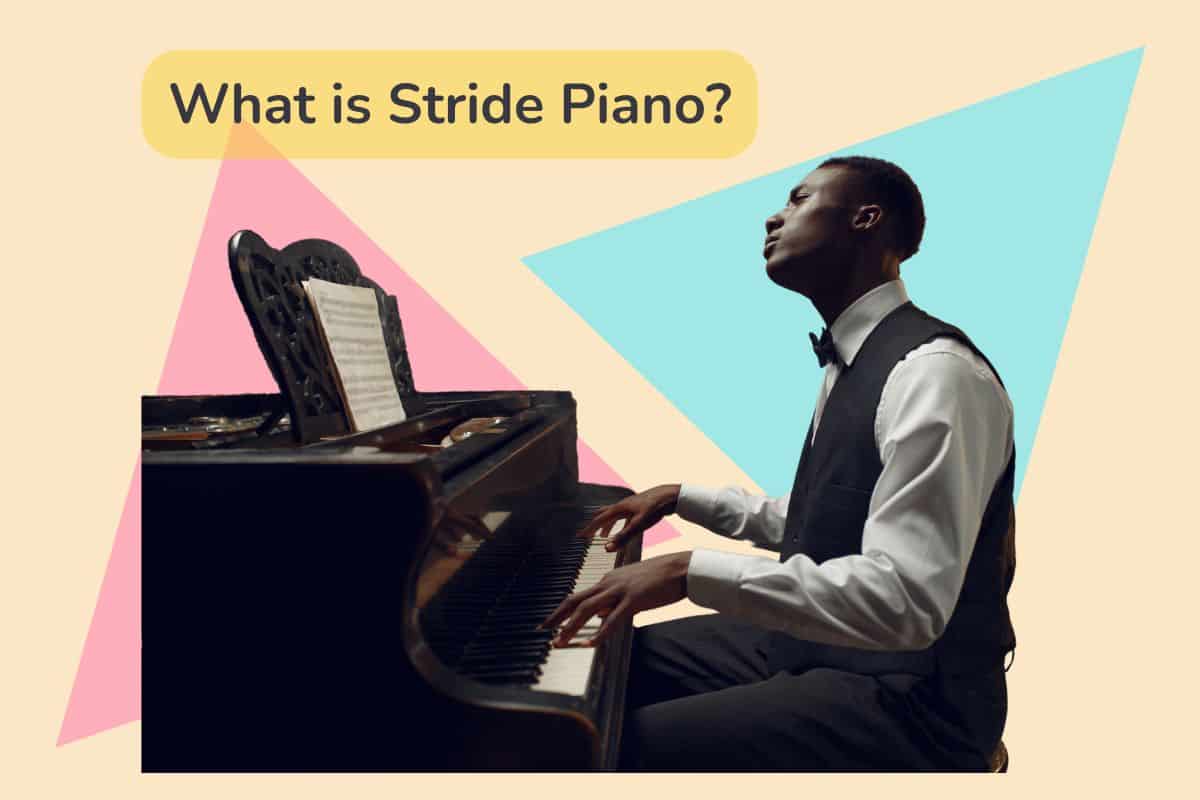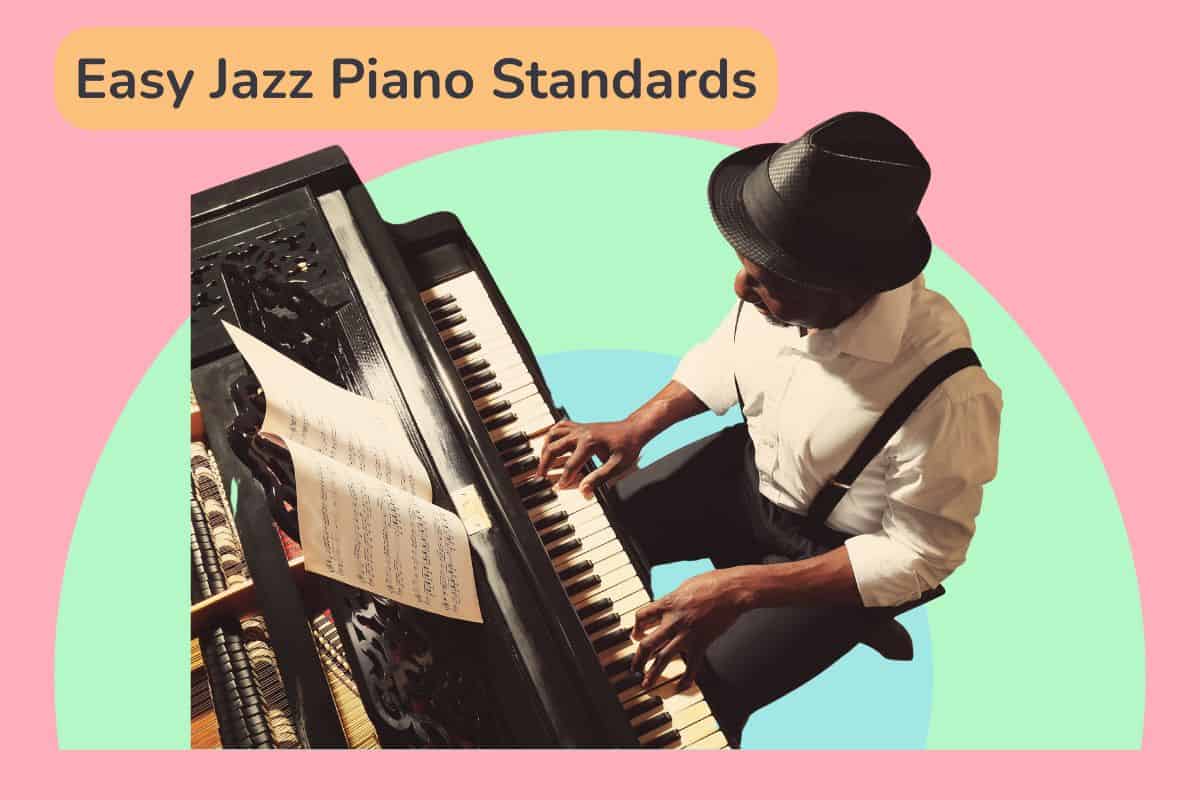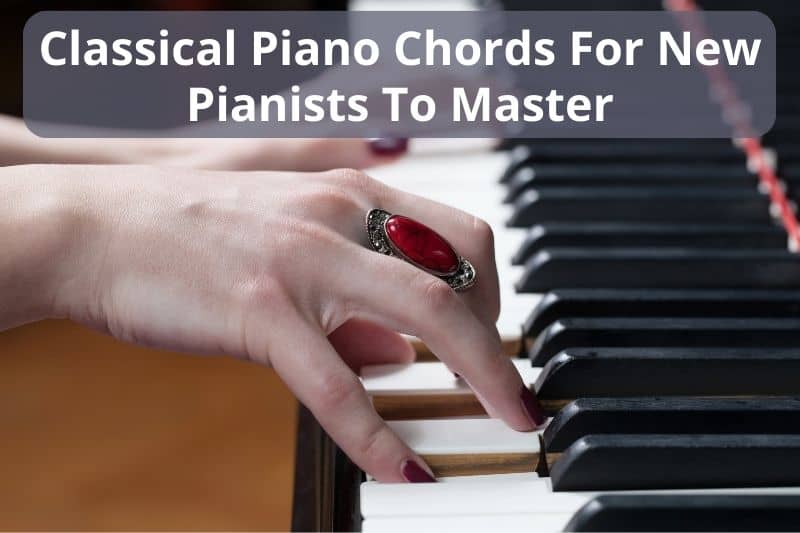When it comes to deciding which is harder to learn, jazz or classical piano, it’s not a question with a simple answer. The learning curve for each style varies as it appeals to different skill sets and areas of musical expertise.

Classical piano typically requires a detailed focus on technique and the faithful reproduction of written music. Students must hone their skills to play exactly what’s on the page, with precision timing and dynamic control. Interpretation is important but within the parameters set by the composer and tradition.
Jazz piano, on the other hand, values improvisation, innovation, and spontaneity. It relies on a solid grasp of music theory and the ability to apply that knowledge creatively in real time.
Jazz pianists navigate chord progressions and scales to create original performance pieces, often collaborating within a group dynamic. While they, too, need technical proficiency, the skills differ from those required to master classical pieces.
Jazz musicians must be able to listen and adapt, playing off the energy and rhythm of the other instruments.
Whether one is harder to learn than the other largely depends on the learner’s innate preferences and strengths. A person who thrives on structure may find classical piano more approachable, while someone who enjoys creativity might gravitate toward jazz.
The challenge in learning piano, be it jazz or classical, lies in the dedication to practice, mastery of technique, and development of the musical ear. Both disciplines are deep wells of study, presenting complex and rewarding pathways for any musician.
Distinguishing Jazz from Classical Piano
Historical Context and Evolution
Jazz piano originated in the late 19th and early 20th centuries, heavily rooted in blues and ragtime, and blossomed in the vibrant nightlife of New Orleans. It’s a product of African American musical expression and has continually evolved, embodying the cultural changes of America.
Classical piano, with its origins traced back to the Baroque period starting around the 1600s, represents a Western European tradition with a broad range of styles from different eras, each identified with renowned composers like Bach, Mozart, and Beethoven.
Key Characteristics and Styles
Jazz piano is known for its swing rhythms and a strong sense of syncopation. It often utilizes blue notes and complex chords to create its distinctive sound. It frequently breaks away from strict forms, inviting personal expression within or between composed lines.
Classical piano focuses more on structure and the precise interpretation of the composer’s work, with an emphasis on dynamics, articulation, and tempo. Each style portrays different piano techniques, from the percussive attack in jazz to the lyrical phrasing in classical.
Role of Improvisation in Jazz
Improvisation is the heart of jazz piano. Jazz pianists are expected to improvise—to spontaneously create melodic lines over chord progressions. It’s not just embellishing upon a theme but often creating new melodies in real time, making every performance potentially unique.
Nature of Composition in Classical
In classical piano, the composer’s written score is the guiding text for performance. Pianists strive to faithfully render the pieces, with an acute attention to the details of the notation. Classical compositions are characterized by their formal structures such as sonatas, concertos, and symphonies, where deviation from the composer’s exact notations is usually not encouraged.
Technical Aspects of Piano Performance
Complexity in Jazz and Classical Music
Jazz often demands a high level of spontaneity and adaptability in its performance. Musicians must be adept at improvising, building solos from chord charts, and responding to the fluid nature of the music.
Classical music, by contrast, values the precision of note-perfect execution, adherence to the composer’s intentions, and a diligent study of written scores. Each requires a distinct set of technical skills that may seem complex depending on the musician’s inherent strengths and training background.
Exploring Melody and Harmony
In classical piano, the melody is frequently interwoven with complex harmonies, and the pianist must give equal weight to both. The melody is usually more fixed, with variations occurring mainly through dynamics and expression.
Jazz musicians, however, often start with a standard tune and use it as a foundation for improvisation, modifying the melody and harmony to create something unique each time.
The Importance of Chord Progressions
Classical pieces may use chord progressions primarily for narrative purposes within a composition, with changes often subtle and service to the overall piece.
In jazz, however, chord progressions are central to the form. Pianists must be intimately familiar with various chord structures and progressions since these are the backbone for improvisation and joint play with other musicians.
Notable Techniques in Music
Technique in piano performance serves as the vehicle for expressiveness and musicality. Classical pianists must master techniques such as precise fingering, dynamics, and touch, with each piece often demanding a unique approach.
On the other hand, jazz pianists need a grasp of techniques like swing feel, syncopation, and the use of the sustain pedal more sparingly to accommodate the rhythmic complexity and frequent improvisation their genre requires.
Mastering Repertoire
When it comes to learning piano, the repertoire is key to mastering either jazz or classical music. The student’s ability to internalize and perform these pieces is the cornerstone of their musical proficiency.
Learning Jazz Standards
Jazz standards form the bedrock of a jazz musician’s repertoire. They are the timeless tunes that every jazz pianist is expected to know.
Unlike classical music, which relies heavily on sheet music, jazz often requires the pianist to learn standards by ear and through imitation. The approach is usually more aural and improvisational. Musicians often use lead sheets, which provide the basic melody and chord structure, leaving room for the individual’s creative expression.
- Key Components:
- Improvisation: Personal flair on a known tune
- Chord Progressions: Essential for foundational knowledge
- Memorization: Often of the form and harmony rather than the exact notes
Examples of Jazz Standards:
- “Autumn Leaves”
- “Take the ‘A’ Train”
- “All the Things You Are”
Engaging with Classical Masterpieces
The classical pianist must engage deeply with a vast array of complex compositions from composers like Mozart, Chopin, and Beethoven. Classical music is characterized by its rich notational precision, which requires meticulous adherence to the written score. Mastery involves understanding the composer’s intent and faithfully executing the intricate details written in the sheet music.
- Key Components:
- Technical Proficiency: Demanding and precise techniques
- Interpretation: Beyond the notes to capture the music’s essence
- Practice: Methodical and often repetitive to achieve perfection
Examples of Classical Works:
- Mozart: “Piano Sonata No. 11 in A major, K. 331”
- Chopin: “Nocturnes”
- Beethoven: “Piano Sonata No. 14 in C-sharp minor, Op. 27, No. 2 ‘Moonlight'”
Practice and Progression
When learning either jazz or classical piano, a musician’s journey involves structured practice routines to develop technical skills and musicality.
Improving through Exercises
Exercises are fundamental to mastering both jazz and classical piano. For classical musicians, scales and arpeggios are core to developing finger strength and agility. A classical pianist typically practices these in all keys, focusing on precision and the ability to play pre-written compositions flawlessly. On the other hand, exercises for a jazz pianist revolve around chord progressions and scale modes used in improvisation. They work on mastering a variety of scales including the blues scale, bebop scales, and modal scales that are essential for improvisational work.
Practical Differences in Daily Practice
Daily practice for classical pianists often consists of rehearsing specific pieces to achieve performance readiness. They aim for note-perfect execution, which involves playing pieces from memory with strict adherence to the score.
Jazz pianists practice with emphasis on spontaneity and creativity. Their sessions include experimenting with improvisation over chord changes and learning the language of jazz through transcribing solos and tunes.
Both styles demand a commitment to practice; however, the content and focus of that practice are catered to the needs of the musical genre, whether it’s preparing for a recital or a jam session.
Frequently Asked Questions
Here’s the answers to some common questions about the challenges and differences in learning jazz versus classical piano.
What are the main differences in learning jazz compared to classical piano?
In learning jazz piano, students often immerse themselves in improvisation and the creation of new musical ideas. This contrasts with classical piano education, which typically focuses on interpreting and performing music exactly as it’s written, honing technique, and adhering to the structure of the compositions. Jazz piano also frequently uses syncopation and swing rhythms, demanding a different approach to timing and feel.
Does learning jazz piano require a strong foundation in classical training first?
A strong foundation in classical piano isn’t strictly necessary to learn jazz piano. However, the technical skills, understanding of music theory, and discipline derived from classical training can greatly benefit jazz students. They provide a framework that may make it easier to tackle the complexities of jazz harmony and improvisation.
What specific challenges do learners face with jazz piano as opposed to classical piano?
Learners of jazz piano face the challenge of mastering improvisation, which requires an intimate understanding of music theory, scales, and chords. Mastering the art of playing “in the moment” and developing one’s ear for jazz’s unique harmonic progressions are pivotal. Conversely, classical piano learners often grapple with interpreting composers’ nuances within the music, precise technique, and the fidelity to written scores.




